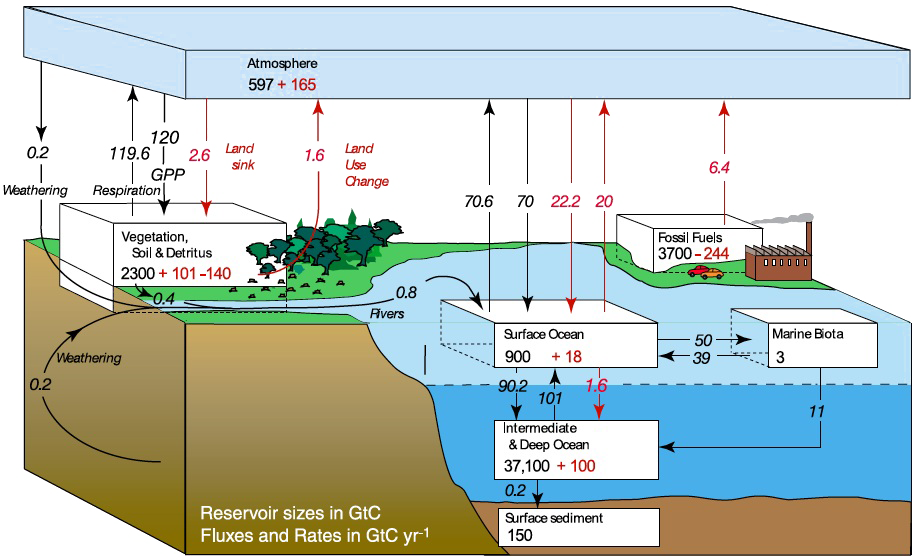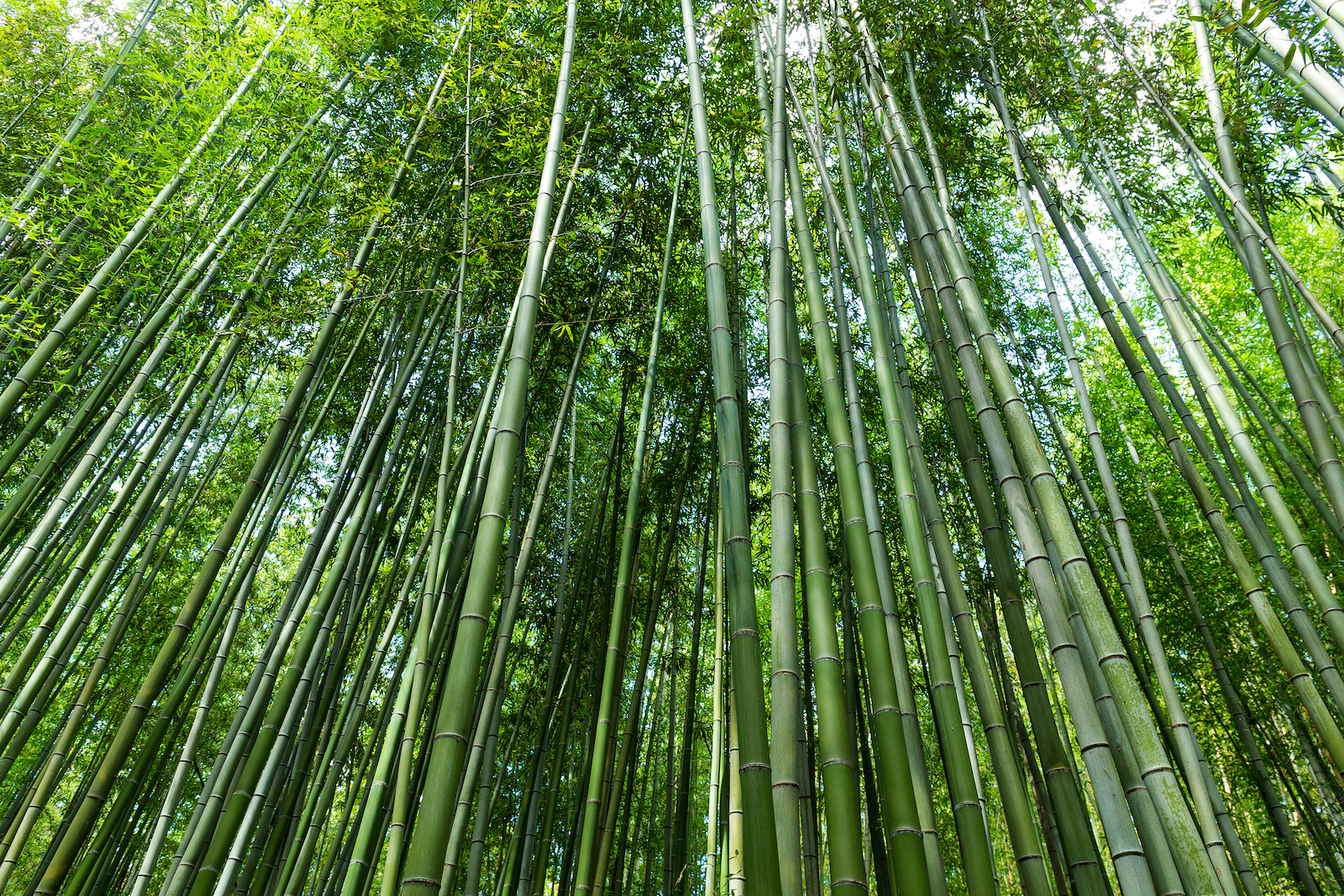Solving The World’s CO2 Dilemma
In a previous blog I discussed the case for climate change from the perspective of the International Panel on Climate Change (IPCC). After some more thought I realized that the case they have presented is no more than a poorly argued polemic that does not come close to justifying an undertaking of ineffable dangers and difficulties – an undertaking so broad and sweeping unlike and more critical than any attempt before in the history of humanity. Because the IPCC did not present anything resembling a cost-benefit analysis, we are forced to assume that the costs of not following their recommendations would annihilate mankind.
In saying this, I’m by no means exaggerating that failure to fully develop “green energies,” those that do not emit greenhouse gasses (GHC) could easily leave us in an unfavorable position.
Albeit, bear in mind that developing a total overhaul of the planet’s energy infrastructure will require tremendous amounts of fossil fuels – as well as critical minerals and commodities.
It’s also critical to note that roughly 70% of the world is undeveloped to a large extent. An imminent global “green energy” infrastructure agenda would require industrial commodities on a colossal level. This would inevitably leave the world without enough natural resources to maintain anything remotely resembling our current levels of wellbeing. A retreat to medieval times would likely be a best-case scenario.
But alas, the IPCC is attempting to make a stronger counter argument that the continued use of fossil fuels, beyond what can be absorbed by natural CO2 sinks (which we discuss below) will result in a scenario at least as horrible as one without enough fossil fuels to sustain life as we know it.
With enough research to fill thousands of pages, you would think they could have taken a bit more time to see if this is really a binary situation. In other words, they assume there are no alternatives, no way of buying more time to plan a gradual reduction of fossil fuels. In other words, CO2 has already reached levels dangerously close to what would result in a self-sustaining cycle in which high temperatures result in even higher temperatures with no end in sight.
The IPCC argues that by 2050 we have to get to a point in which CO2 levels are no longer rising or the chances for a vicious circle will dramatically increase.
In this blog I discuss potential alternatives to what the IPCC has presented. This means, though we have strong doubts about IPCC’s position, our arguments are based on full acceptance of what the IPCC is arguing.
We are accepting that without meaningful decreases in CO2 emissions: humanity is facing a grave and unmanageable threat. In a previous article, I presented strong reasons for doubting the science behind climate predictions. This blog takes the argument a step further – it assumes everything the IPCC says is beyond doubt. And still there are compelling alternatives other than a crash reduction in fossil fuels. And perhaps more important, alternatives that will even allow continued growth in the use of fossil fuels, that will give us the time to plan for an effective self-sustaining energy system.
What In The World Is A CO2 Sink?
There are alternatives right in front of us. Alternatives that both China and India among other Asian countries are aggressively exploring. These alternatives focus on natural CO2 carbon “sinks” of which plants, trees, and grasses are major examples. Plant life feeds on CO2 which means plants remove CO2 from the environment, which when combined with water, H2O, plants create oxygen which is released into the environment and glucose which the plant stores.
This process is known as photosynthesis and provides two necessary conditions for life – oxygen to breathe and glucose, which forms the first step or trophic in the world’s food chain. Moreover, the greater availability of CO2 the less water the plant needs for photosynthesis, which means there is more fresh water for other life forms including human beings. More efficiently in photosynthesis meaning less water is needed for the plant to thrive. In other words, these natural CO2 “sinks” are not just a way of reducing nasty and harmful CO2, rather these sinks provide the basis for life on earth insomuch they produce oxygen for the atmosphere, and at the foundation of the food chain that nourishes all living things.

In other words, these “sinks” are ways of reducing CO2 but indirectly provide more fresh water for the planet and are directly correlated with our food supply. The more CO2 the greater are water and food supplies. Moreover, not all plants are created equal. Some can provide services that go well beyond food and water. In particular, grasses, which unlike trees, do not have to be replanted after they are harvested. Moreover, some grasses are every bit as tough as wood and far more versatile.
The IPCC assumes that we will be able to add to the already naturally occurring CO2 sinks. Indeed, they argue there is a decent chance that going forward there is a decent chance the capacity of current “sinks” to absorb CO2 will decline. There is the possibility we will be able to dramatically increase the capacity of today’s natural CO2 sinks- to levels far beyond what ‘carbon zero’ currently implies. Again, NetZero or carbon zero means all CO2 emissions must be fully absorbed by plant and other naturally existing CO2 sinks on the planet.
One extraordinary example, which could play a number of major roles in creating a self-sustaining energy system is bamboo, which technically is classified as a grass in that harvesting the plant leaves the root system intact and within several years the plant, which is exceedingly fast growing, can again be harvested. This contrasts with trees, which after being chopped down can take many decades, sometimes a century or more to reach full maturity.
The “Super” Plant That Could Solve Many Of The World’s Man-Made CO2 Emissions
Bamboo is not a single plant, rather it includes about 1500 different species. Indeed, some of these species are mirror images of trees in that they only have to be replanted after they flower and, in some cases, flowering is a once a century event. Bamboo is one amazing plant whose potential services to humanity are enormous and varied. They range from a high protein, low carbohydrate food source, which sits much higher on the food chain than most plants. For example, bamboo is the most important food source for China’s Giant Panda. We will discuss these extraordinary services in more detail below.

The plant’s extremely rapid growth, as well as many other properties, comes from one of the most extensive root systems among all plants. The rhizome-based root system allows bamboo to impart a great deal of organic material to the soil in which it grows. The plant is drought tolerant meaning it can grow in areas that have been overplanted and no longer capable of supporting plant life. Remarkably, not only does bamboo grow in fallow areas but its tendency to add nutrients revitalizes the soil, which allows other plant life to grow again. Bamboo, not surprisingly, is a major reason China has been so successful in turning deserts into forests. India as well as other Asian and recently African countries have been following.
Among the vast number of species of bamboo one very broad distinction is between monopodial or “clumping” bamboo and sympodial or “running” bamboo. The main difference is that clumping bamboo produces. Though the root systems of both involve rhizomes, in the case of running bamboo the root system extends horizontally and supports multiple plants, which in some cases can be invasive. This characteristic, while far from ideal for a garden, could be exceedingly useful in turning uncultivated and fallow land into huge carbon sinks, while making the land suitable for other agriculture. Clumping bamboo has a very dense root system, which supports a culm, which in some cases reaches a height of over 100 feet. As I noted above culms typically take about 3 to 5 years to mature and are then harvested. The roots will then regenerate additional culms. Moreover, harvesting a culm actually speeds up the growth process. You are probably not surprised to find out that just from these few numbers, bamboo is the fastest growing plant in the world. In clumping, bamboo culms, which is the plant equivalent of a tree, are fairly tightly clustered. One major worldwide goal should be to distinguish which types of bamboo are best for the multiple tasks the plant can perform.
Stay Tuned For Part II of my discussion on climate awareness, CO2 sinks and the rapid acceleration of BRICS nations exploring new avenues of global trade and commerce.


















